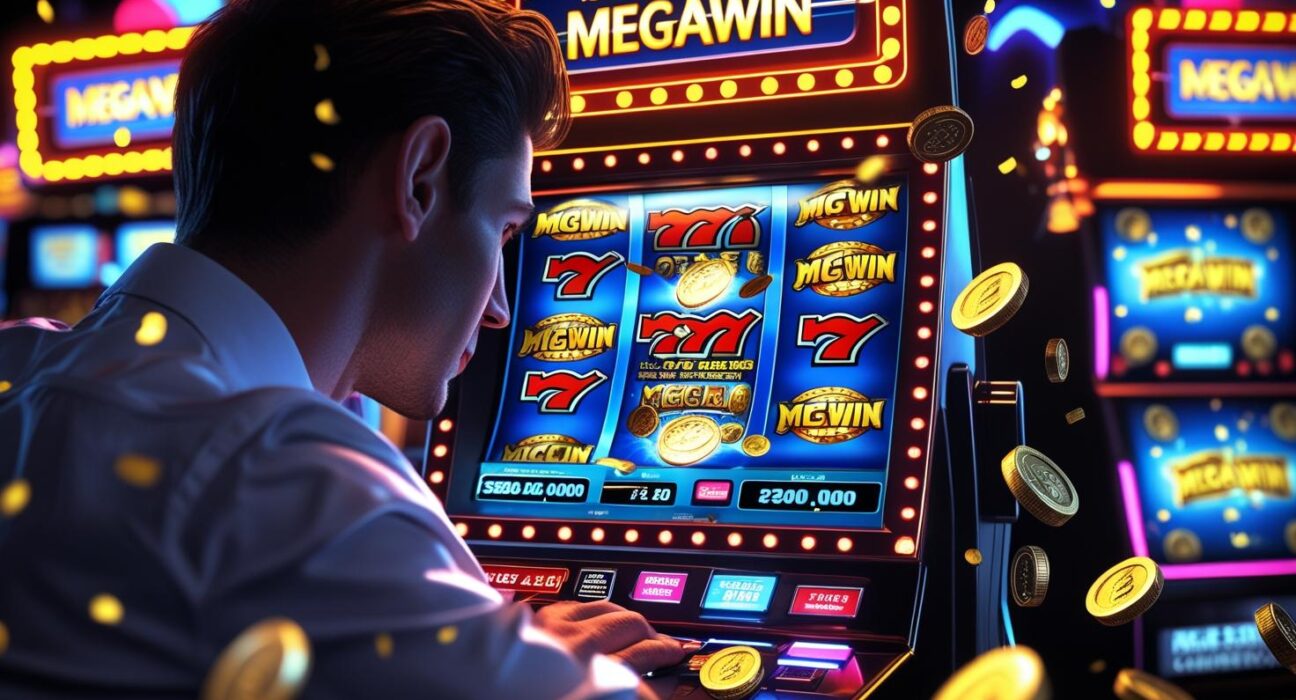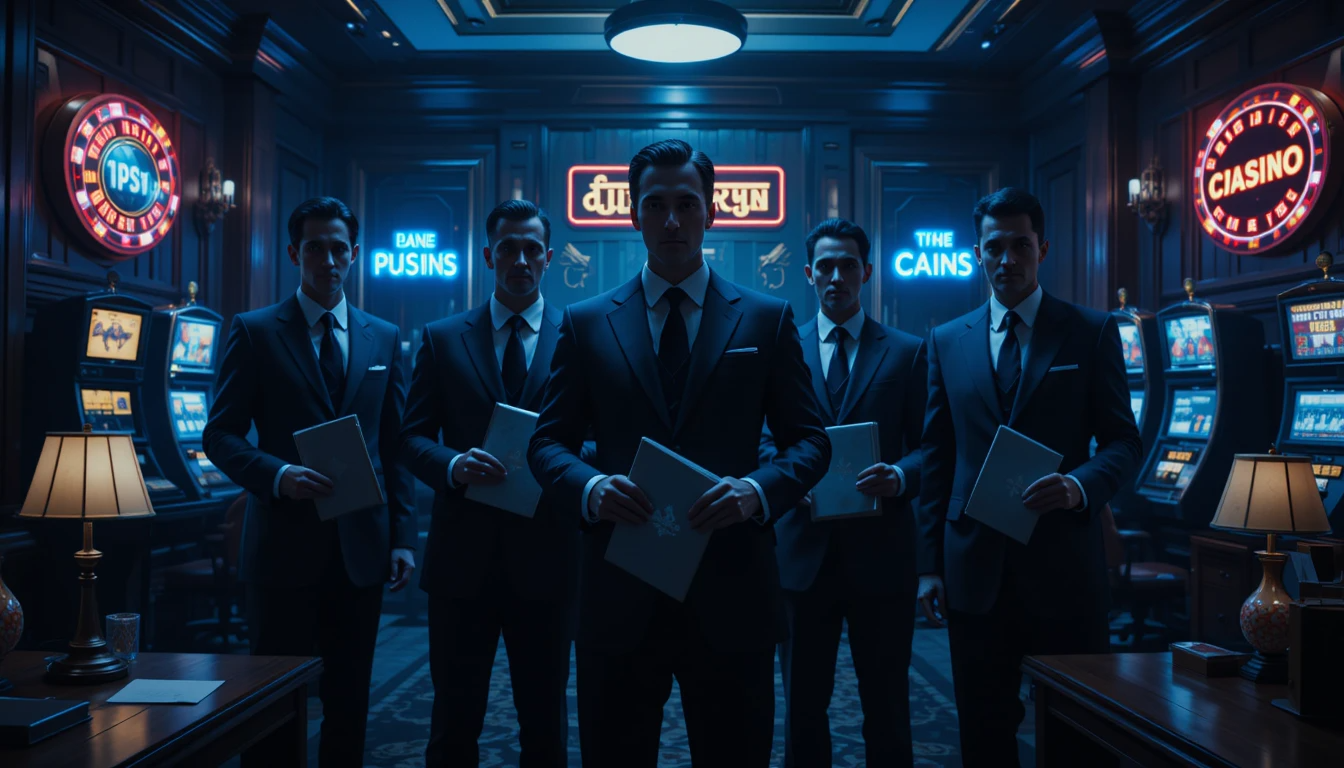In the neon-lit, algorithm-driven, psychologically-engineered world of iGaming, few phenomena capture players’ imaginations like MegaJackpot games. These are not your run-of-the-mill progressive slots—they’re the billion-dollar dream machines that have turned ordinary people into overnight millionaires. But what makes them so potent? Why do players continue to chase the improbable? And how do these high-stakes games subtly—but powerfully—alter player behavior?
This deep dive explores the psychology behind MegaJackpot games: their design, their seduction, and the psychological triggers they exploit.
The Anatomy of a MegaJackpot
MegaJackpot games—think Mega Moolah, Hall of Gods, or Powerball-linked slots—aren’t just high-paying. They’re:
- Progressive: The jackpot grows with each wager across a network of players.
- Randomly triggered: Players can win with any spin, at any stake.
- Emotionally charged: Accompanied by soaring music, flashing lights, and celebratory animations.
- Marketed as life-changing: The promise isn’t a big win—it’s a new life.
These games typically come with massive odds (1 in 50 million is not uncommon), yet they maintain consistently high engagement. Why? It comes down to psychology.
The Lottery Effect: A Dream for the Price of a Spin
MegaJackpots create what behavioral economists call “positive skew” outcomes—a very low probability of a very high reward. Humans are psychologically wired to:
- Overestimate small probabilities: The same reason people buy lottery tickets applies here.
- Focus on potential rather than probability: The brain focuses on what could happen, not how likely it is.
The game doesn’t just sell a payout—it sells the idea of escape, status, and transformation.
The Dopamine Factor
Every spin of a MegaJackpot slot—win or lose—can trigger a dopaminergic reward loop. These loops are intensified by:
- Variable rewards: Intermittent reinforcement keeps players hooked.
- Near-misses: Almost hitting the jackpot often activates the same neural pathways as winning.
- Micro-wins: Small payouts trick the brain into thinking it’s on a winning streak.
The brain treats near-misses and mini-rewards as motivation to keep playing. This is by design, not by accident.
Loss Aversion Gets Hijacked
Loss aversion—the tendency to fear losses more than we value equivalent gains—gets manipulated in MegaJackpot games:
- “I’ve already invested this much…”: The sunk cost fallacy keeps players spinning.
- “I’m due for a win”: The gambler’s fallacy convinces players that a jackpot is just around the corner.
Players begin to rationalize continued losses as progress, and every spin becomes a reinforcement of hope.
The Power of Visibility: Leaderboards & Winners
Operators often highlight recent MegaJackpot winners:
- Splashy announcements: Names, photos, payout amounts.
- Timers since last jackpot: Builds anticipation.
- Live jackpot tickers: Showcasing the ever-growing prize.
This creates the illusion of attainability. “If they can win, why not me?” It’s a form of social proof and availability heuristic—if you can imagine it easily, it feels more likely.
The Mirage of Control
Many MegaJackpot slots include features like:
- Choose-your-bonus rounds
- Wheel spins with multiple outcomes
- Pick-your-jackpot mini-games
These design tricks foster an illusion of control, making players feel their actions influence the result—even though outcomes are RNG-driven and entirely random.
Time Distortion in Play
In behavioral psychology, games that induce a “flow” state—complete immersion where time perception is warped—encourage prolonged play. MegaJackpot games do this by:
- Removing round breaks
- Offering autoplay features
- Delivering constant visual stimulation
Many players report losing track of time entirely when chasing jackpots, and that’s by design.
Financial Framing: What’s a Few Cents for a Million?
Jackpot games are often framed as “a dollar and a dream.” This cost framing makes even high-risk games seem low-risk:
- Small bets: You can participate for pennies.
- Big promise: The reward is outsized.
This micro-investment approach tricks the brain into underestimating cumulative losses.
MegaJackpots as Status Symbols
Winning a MegaJackpot isn’t just financial—it’s social. Some platforms:
- Feature exclusive interviews with winners
- Create VIP clubs or digital trophies
- Offer personalized congratulatory experiences
This builds an aspirational economy around the win. Players aren’t just chasing money—they’re chasing recognition.
The Dark Side: Addiction Triggers
All of this neuro-hacking has a downside. Studies show that MegaJackpot games:
- Increase the risk of problem gambling due to their reinforcement patterns.
- Appeal to vulnerable populations who see them as the only way out of poverty.
- Are overrepresented in self-reported gambling harm data.
Operators and regulators are increasingly pressured to implement:
- Reality checks
- Play time reminders
- Mandatory session limits
Still, the psychological architecture of these games remains intentionally persuasive.
Who’s Responsible for Moderation?
As jackpots grow, so does the ethical question:
- Should operators intentionally tone down emotional triggers?
- Is the solution in better UX design or in stronger regulation?
Some regulators are exploring limits on visual stimulation, auto-play, and jackpot marketing—but the tug of profit is hard to resist.
Future Trends: More Persuasive, More Personalized
The MegaJackpot of the future may be:
- AI-powered: Adapting to user behavior to optimize emotional engagement.
- VR-integrated: Creating immersive environments around jackpot events.
- Socialized: Featuring multiplayer competition for shared pots.
As these trends intensify, understanding the psychological hooks behind MegaJackpot games becomes not just a marketing advantage—but a regulatory and ethical imperative.
Conclusion: The Mind Behind the Jackpot
MegaJackpot games aren’t just entertainment—they’re psychological machines. From visual design to sound effects to reward schedules, every element is fine-tuned to keep players engaged, hopeful, and returning.
They leverage our cognitive biases, exploit our dopamine responses, and rewire our perceptions of probability and control. While they offer genuine thrills and life-changing possibilities, they also walk a tightrope between fun and manipulation. As the iGaming industry continues to innovate, balancing excitement with responsibility will define the future of MegaJackpot games—and the players who chase them.











